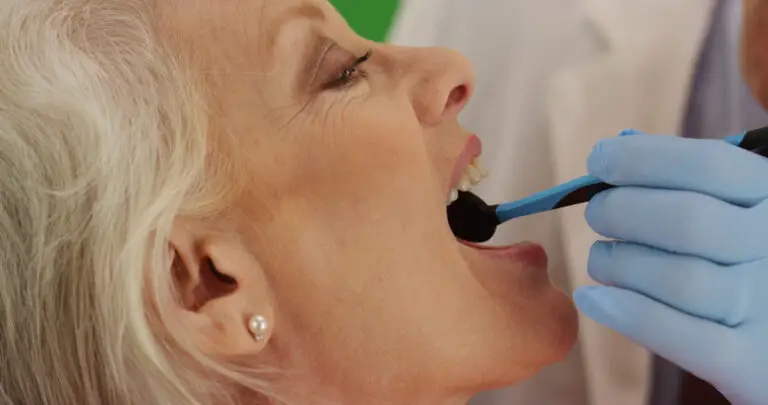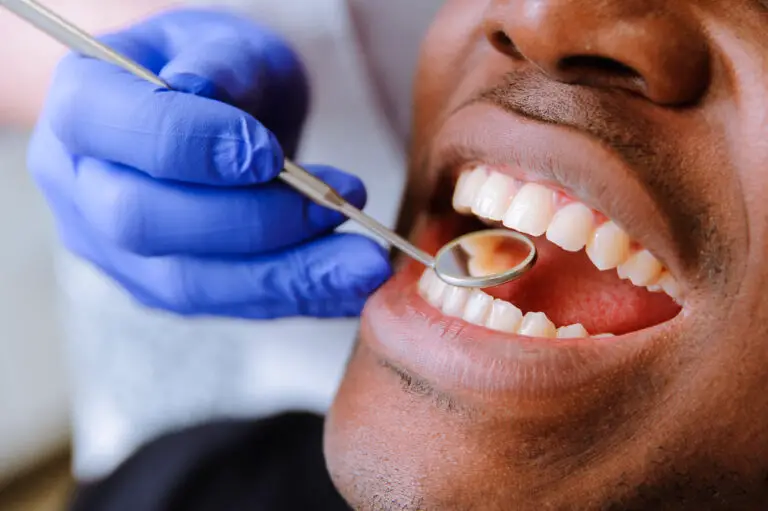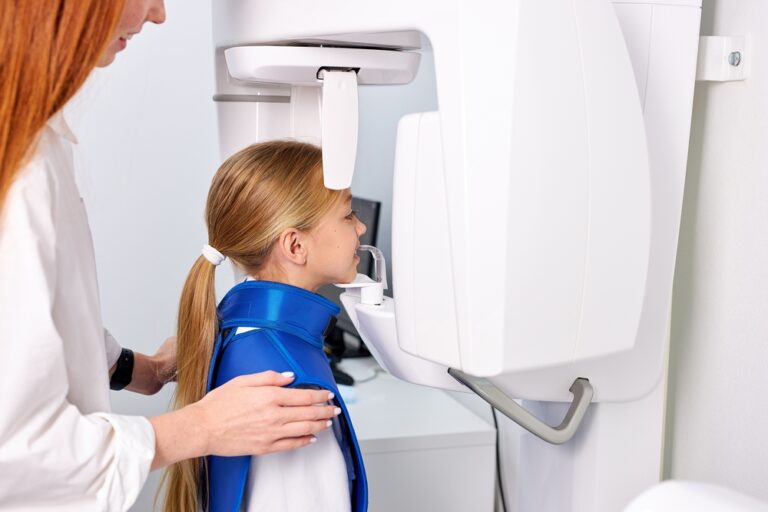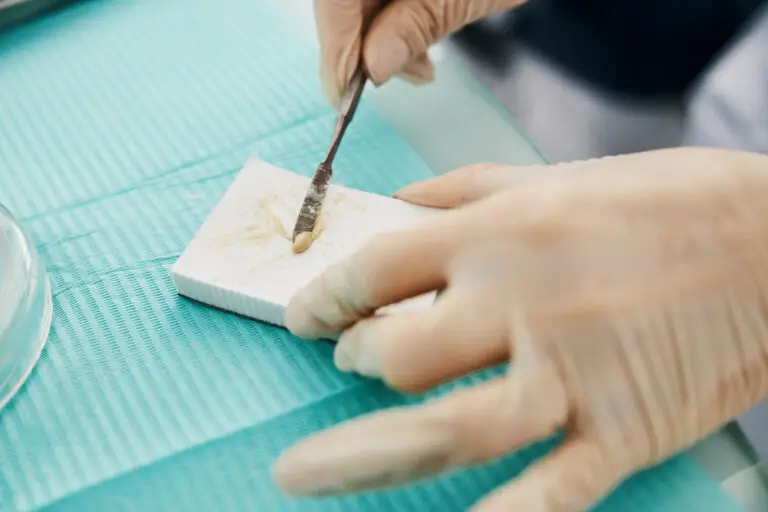Temperature extremes can cause significant damage to tooth enamel. Very hot or cold foods and drinks can lead to cracks, chips, and fractures in teeth. This article takes an in-depth look at how hot and cold temperatures impact tooth enamel, the mechanisms of thermal damage, prevention tips, symptoms, and treatments for temperature-related enamel cracks.
How Heat Damages Teeth
Consuming very hot foods and drinks can fracture and degrade tooth enamel through several mechanisms.
Thermal Shock
Exposing teeth suddenly to extreme heat causes a rapid rise in temperature in the enamel. This temperature change happens faster than the enamel can expand, resulting in thermal stresses. If these stresses exceed the fracture strength of the enamel, cracks and crazing can occur.
Research shows that thermal shocks as small as a 60°F (15°C) temperature change over a few seconds can generate enough stress to crack dental enamel. Food or drinks close to the boiling point, like scalding hot tea or soup, can easily induce a temperature spike of 60°F or more in teeth and are high risks for thermal shock damage.
Coefficient of Thermal Expansion Mismatch
When enamel is rapidly heated, it expands in volume due to its coefficient of thermal expansion. However, the underlying dentin layer has a lower coefficient of thermal expansion. This mismatch in expansion between the enamel and dentin causes mechanical bending and shear stresses in the enamel. These induced stresses from differential expansion can fracture the enamel.
Studies show that the higher the temperature change, the greater the expansion mismatch between enamel and dentin. Large, quick temperature spikes produce the highest stresses and greatest risk of enamel cracks.
Dehydration
Heating enamel causes it to lose some of its structural water content, leading to dehydration. Dehydrated enamel exhibits greater nanoscale porosity and becomes more brittle and prone to cracking. Repeated heating cycles result in accumulated damage as enamel progressively loses water.
Fatigue and Cumulative Damage
Frequent exposure to extreme temperatures can also degrade enamel over time through fatigue mechanisms. Each heating cycle incrementally weakens the enamel. Microcracks may slowly develop and propagate with each stress. Eventually, cracks can grow large enough to cause chunks of enamel to fracture off.
How Cold Temperatures Damage Teeth

Very cold temperatures damage teeth through different mechanisms than heat. However, the end result can also be cracks, fractures, pain, and increased sensitivity.
Thermal Shock
Exposing teeth suddenly to freezing or near-freezing temperatures causes the enamel to contract rapidly. This thermal shock generates mechanical stresses that can crack the enamel.
Chewing ice or hard candies applies additional forces that can worsen cracks. The combination of frigid temperatures and concentrated biting pressures makes ice and hard candies especially problematic.
Thermal Contraction Mismatch
Similar to heating, rapidly cooling enamel causes a mismatch in contraction with the underlying dentin. This differential contraction bends and stresses the stiff enamel. With extreme cold, the stresses may exceed the fracture limit and cause cracks.
Increased Brittleness
Studies show that lowering enamel’s temperature decreases its resistance to demineralization and abrasion. Enamel becomes more brittle and fragile at frigid temperatures. As a result, it chips and cracks more easily during chewing.
Fatigue
Repeated exposures to extreme cold can accumulate fatigue damage in enamel. Propagation of microcracks eventually produces large fractures from the accumulated stresses.
Prevention Tips
You can help minimize temperature-related enamel damage by observing these food safety tips:
- Allow hot foods to cool several minutes before consuming
- Test potentially hot foods before putting them in your mouth
- Add ice cubes or cold milk to hot drinks like coffee or tea
- Slowly sip hot drinks instead of gulping them
- Rinse your mouth with cold water after eating or drinking hot foods
- Avoid biting directly into hot foods – cut, tear, or break them first
- Limit consumption of cold treats like ice cream and popsicles
- Don’t chew on ice cubes or hard candies
- Use a straw when drinking cold beverages
- Run cold foods under warm water briefly to take the chill off
Additionally, wait at least 15-30 minutes after consuming hot foods or drinks before brushing your teeth. Enamel is temporarily demineralized and softer after heating, so brushing too soon can worsen wear and temperature damage.
Symptoms of Enamel Cracks
Watch for these signs of possible temperature-induced cracks:
- Tooth sensitivity or pain when eating/drinking hot or cold foods
- Visible crack lines in the enamel
- Enamel chipping off teeth
- Exposed yellowish dentin under cracked enamel
- Difficulty chewing or biting due to pain
- Lingering pain after hot or cold stimulus removed
Vertical cracks from the chewing surface down into the tooth are most common. But horizontal cracks parallel to the gumline also occur. Even hairline cracks allow bacterial invasion that can lead to pulp inflammation and abscesses. Without treatment, cracks progressively worsen over time.
Diagnosis and Treatment
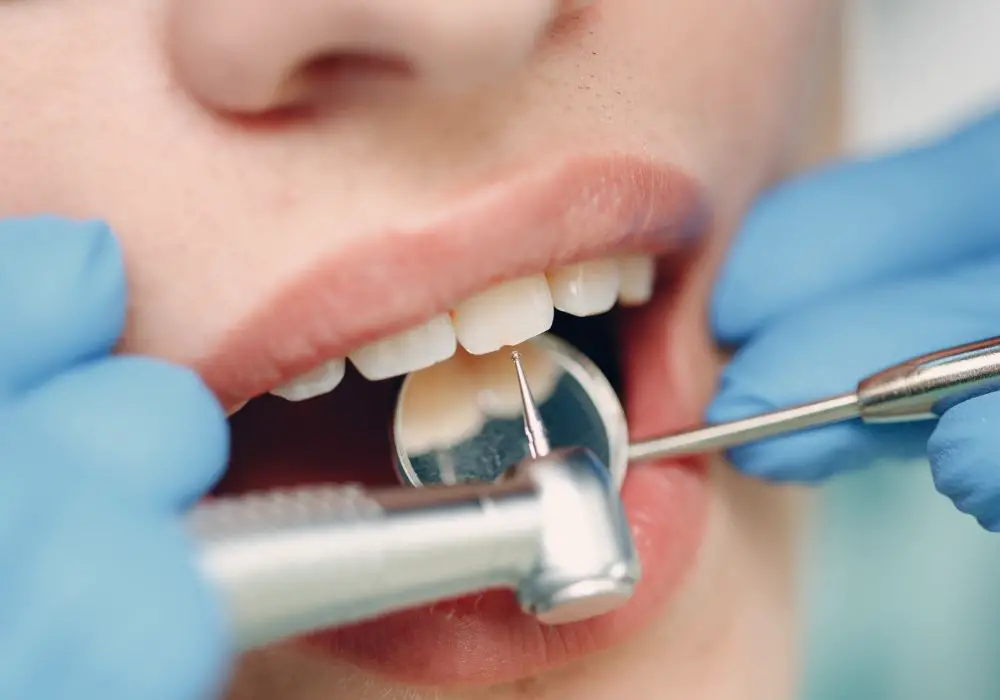
See your dentist promptly if you notice any symptoms of cracked teeth. Dental X-rays can detect cracks before they become visible. Cold air or water spraying can also help isolate temperature sensitive teeth.
Minor Cracks
Small, shallow cracks may cause some sensitivity without requiring major treatment. For minor cracks, your dentist may recommend:
- Topical fluoride – strengthens enamel and slows crack growth
- Desensitizing toothpaste – reduces temperature and pressure sensitivity
- Dental bonding – seals cracks with tooth-colored resin
- Mouthguard – protects teeth from further damage
Extensive Cracks
Larger cracks into the dentin or pulp require more invasive treatments:
- Crowns – cover teeth and prevent crack progression
- Root canals – remove infected pulp and stabilize cracks
- Extractions – for non-restorable major cracks
Crowns or bonded restorations after root canal treatment help stabilize major cracks. Ignoring extensive cracks results in pulp death and tooth loss.
Long-Term Solutions
Several long-term treatment options can restore teeth after extraction due to severe cracks:
- Dental implant – Titanium screw fused to the jawbone that supports a crown
- Bridge – Adjacent teeth are crowned and an artificial tooth spans the gap
- Removable partial denture – Replaces missing teeth with plastic and metal teeth
With early detection and preventive care, minor temperature-related enamel cracks can be arrested before they turn into major fractures. However, once deep cracks penetrating into the dentin and pulp form, more complex restorations or extractions become necessary. Monitoring your teeth and avoiding extreme temperature swings can help preserve your smile.
Summary
In summary, extreme hot and cold temperatures can damage tooth enamel through thermal shock. This causes painful cracks that allow bacteria to infect inner tooth layers. Care should be taken when consuming hot or cold foods and drinks to minimize thermal stresses. Symptoms like temperature sensitivity or visible cracks warrant prompt dental examination. Small cracks can be arrested through sealants and restorations. However, deeper cracks may require root canals or tooth removal to prevent further damage. With proper prevention and early treatment, temperature-induced enamel cracks don’t have to turn into major tooth fractures.
Visualizing Temperature Effects on Enamel
This table summarizes how hot and cold temperatures damage tooth enamel:
| Hot Temperature Effects | Cold Temperature Effects |
|---|---|
| <li>Thermal shock from rapid heating</li><li>Mismatch in thermal expansion</li><li>Dehydration and increased enamel brittleness</li><li>Cumulative damage from repeated stress</li> | <li>Thermal shock from rapid cooling</li><li>Mismatch in thermal contraction</li><li>Increased risk of cracks when chewing ice or hard candies</li> |
Frequently Asked Questions
Here are answers to some common questions about temperature-related enamel cracks:
Q: How hot is too hot for teeth?
A: Any food or beverage over 150°F can potentially damage enamel. Coffee/tea at 140-149°F or hotter carry high risk.
Q: What temperature do teeth crack?
A: Enamel cracks between 113-302°F. Thermal shock from a rapid 60°F temperature drop may crack teeth.
Q: Can teeth crack from drinking something cold after hot?
A: Yes, sudden temperature swings from hot to cold or vice versa can thermally shock and crack teeth.
Q: Why do my teeth hurt when I drink something cold?
A: Temperature sensitivity, especially to cold, often indicates damaged or cracked enamel exposing the inner dentin layer.
Q: Can cracked teeth be fixed?
A: Minor cracks can be repaired with dental bonding, sealants, or crowns. Extensive cracks require root canals or extraction, followed by tooth replacement.



